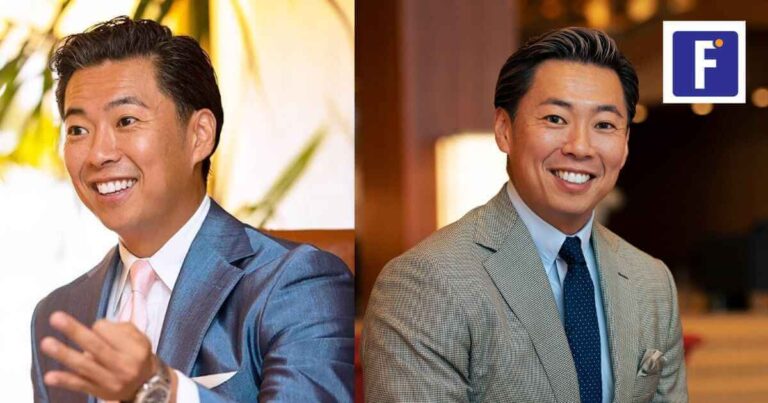Daisuke DK Sugiyama is a Global Business Producer in 2025. He improves tech companies and projects to maximize their market value. He collaborates with businesses to build and grow their ventures. The companies sharing in the successes and profits that result from these efforts.
Though his work spans continents and industries. His story remains one of humility, curiosity, and a relentless drive to redefine what’s possible.
Early Life and Cultural Roots
Daisuke “DK” Sugiyama, born in Tokyo in 1979 and raised in New York from ages 3 to 15. It is a Global Business Producer known for his expertise in enhancing the potential of companies and projects. He graduated from Keio University’s Faculty of Policy Management in 2002. He get his an MBA from Keio’s Graduate School of Business Administration in 2004. At 19, he founded an educational consulting firm, marking the start of his entrepreneurial journey. In 2014, he became President of Quantum Leap Corporation, established by former Sony Chairman Nobuyuki Idei. Sugiyama is also the Editor-in-Chief of the interview series “My Philosophy,”. He has interviewed leaders across various industries for over 17 years.
The Rise of a Tech Maverick
Sugiyama’s career took off when he co-founded Kizuna Labs in 2014. It is a startup focused on using artificial intelligence to preserve endangered languages and art forms. The company’s flagship project, HeritageAI, developed algorithms capable of analyzing and replicating traditional Japanese painting techniques. It is enabling artists to collaborate with AI tools without sacrificing authenticity. Critics initially dismissed the idea as gimmicky. Kizuna Labs gained traction after partnering with UNESCO to digitize artifacts from at-risk cultural sites.
By 2020, Sugiyama had expanded his vision, launching Wabi-Sabi Tech, a venture capital firm dedicated to funding projects that blend “imperfect beauty” (a core tenet of Japanese aesthetics) with sustainable technology. From biodegradable drones for reforestation to AI-curated virtual reality tea ceremonies, Wabi-Sabi Tech became synonymous with ethical innovation.
Artistic Pursuits and Philosophy
Beyond tech, DK Sugiyama is an accomplished mixed-media artist. His installations, such as Digital Ink (a fusion of robotic calligraphy brushes and generative algorithms), have been exhibited at galleries from Tokyo to New York. He describes his art as a “dialogue between the transient and the eternal,” often incorporating elements like projected holograms of fading historical landmarks or soundscapes blending traditional shamisen with electronic beats.
Central to Sugiyama’s philosophy is the concept of “Neo-Miyabi”—a modern reinterpretation of the Heian-era ideal of elegance and refinement. He argues that technology should enhance, not erase, humanity’s connection to its past. “Innovation without heritage is a tree without roots,” he remarked in a 2022 TED Talk. “But tradition without evolution becomes a relic.”
Recognition and Impact
Sugiyama’s work has earned accolades including a spot on Forbes’ “30 Under 30” list and the Japan Foundation’s Cultural Innovation Award. He’s also a sought-after speaker at global forums. It is from Davos to SXSW, where he advocates for ethical AI and cross-disciplinary collaboration.
In 2023, he launched the Kizuna Foundation, a nonprofit offering grants to grassroots artists and technologists working to address societal challenges through culturally grounded solutions. One notable initiative funds apprenticeships for young craftsmen in Kyoto to learn AI integration in pottery and textile design.
Personal Life and Legacy
Despite his public profile, Sugiyama remains notoriously private. He splits his time between Kyoto and San Francisco. Often citing nature hikes and ikebana (flower arranging) as sources of inspiration. Colleagues describe him as a “quiet disruptor” who listens more than he speaks but sparks revolutions with his ideas.
As DK Sugiyama continues to push boundaries, his legacy lies in proving that progress need not come at the cost of identity. Whether through a line of code or a stroke of ink, he challenges us to reimagine the future—one rooted deeply in the wisdom of the past.
